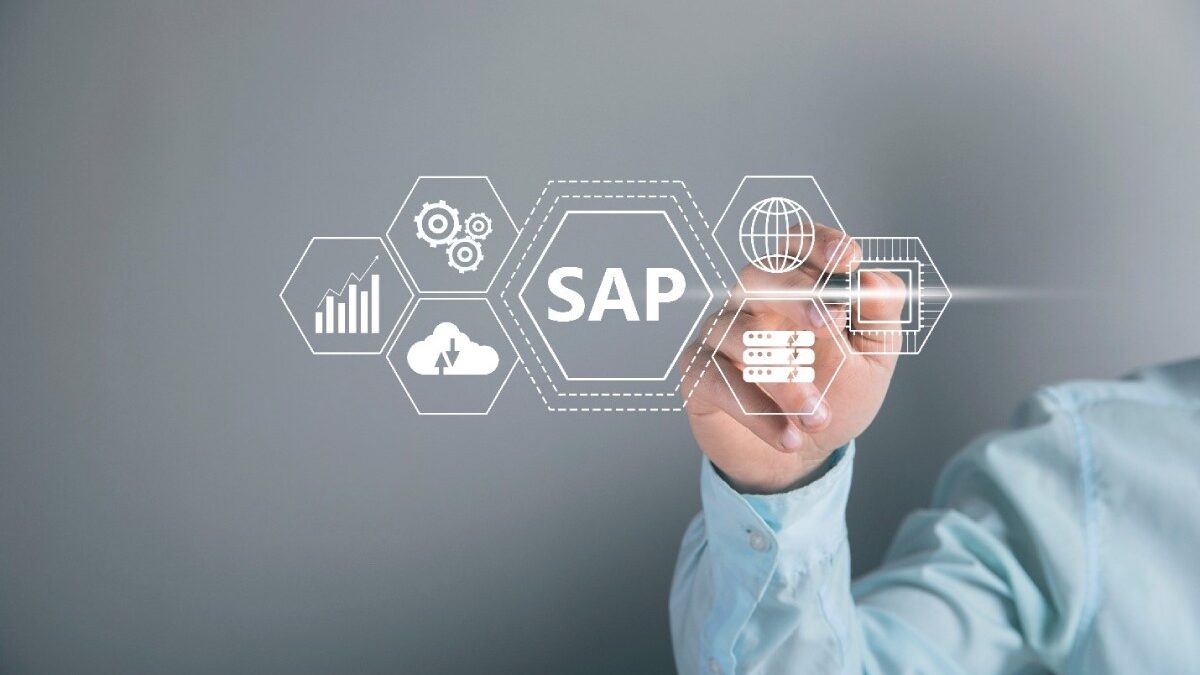SAP HANA is the latest technological innovation from SAP, that has changed the ways businesses work & function. The platform focuses on being a cloud-native solution, extensively working for the speed, scalability, and performance of any given organization.
Accely’s SAP S4HANA is an in-memory data platform deployed in the cloud platform or on-premise to accelerate business processes and capabilities and deliver business innovation to simplify the IT environment and run business faster.
This article is outlined to guide you to successful SAP HANA Migration and intended to offer an advanced level overview of the vital yet ignored points.
Table of Contents
ToggleRightly size your SAP HANA landscape
Sizing the landscape is the most basic step for creating a technical project plan. When you understand your plan’s size, you’ll be able to comprehend your investment’s maximum advantage while abating the total cost of ownership in the long run. However, sizing inadequately, or over-provisioning, might lead to bloated hardware and excess capacity. While under-provisioning causes expected delays and increase the cost of operational performance.
The majority of the time, the SAP landscape sizing depends entirely on the quantity of data stored in the memory. As the data gets compressed in HANA and compression findings are based on the used scenario, it is hard to comprehend the amount of memory needed. Thus, SAP HANA’s memory sizing should be conducted using SAP quick sizer tool, sizing reports, and related notes.
Select the right platform and migration policy
You can seamlessly migrate to SAP S4HANA by selecting the right platform that suits your budget, needs, and resources. SAP HANA can be deployed on the cloud for improved scalability, flexibility, and on-premise to reduce risk and for attaining maximum control.
For on-premise deployment, you can go for a certified HANA appliance from one of the hardware partners of SAP or SAP consulting company. The pre-configured appliance with installed software will help you utilize in-memory platform’s real-time capability. The pre-configured approach will get the solution verified by the hardware vendor and SAP. In turn, TDI (Tailored Data Integration) offers more flexibility and helps in reducing infrastructure costs and streamlining it integration by leveraging pre-owned operations and hardware in your data center.
There are plenty of cloud deployment options, like SAP, called SAP HANA Enterprise Cloud. It comprises cloud infrastructure, software licenses, and SAP-regulated services.
After selecting the preferred platform, it’s time to choose the most effective migration strategy to eliminate any future complications and reduce longer system downtime while the technical migration is running. You can choose between classical migration and the Database migration option; if your existing system has a lot of technical issues, then proceed with the Greenfield approach with limited and selective data migration.
Segregate or clean your data
SAP HANA provides advanced analytical capabilities to optimize business operations by evaluating real-time big data. It is faster than all the traditional software, and the best part is it runs faster with reduced costs.
Data cleansing is one of the most vital yet overlooked steps for successful HANA migration. Most of companies ignore this step and land on various problems that can lead to low productivity, reduced ROI, and decreased business performance. Here are three added advantages of data cleansing.
1. Decreased data enables you to conduct migration with less system downtime.
2. Reduced data will also help in lowering hardware, infrastructure, and licensing costs.
3. By retaining important and quality data in the system, performs better after the migration.
Reasons to Migrate from Your Traditional ERP to SAP HANA
1. Boost your growth strategy with technology-
If you are looking to expand your business and enter new domains or build new storehouses or production units, you will need an updated system that can grow and easily adapt. Consider if extending your current system is worth it, knowing that it has less time to perform or make the decision of moving on to a new platform and implementing it there to boost your growth strategy.
2. Future-proof the IT investments-
The sooner your business is migrated to it, you will create new solutions that will help meet business needs. However, if a business continues to invest in and updates legacy ERP, future migration will become more complicated. This is because the less customization, integration, and development a system undertake, the fewer things will migrate.
3. Begin now for lower consultancy charges-
As the date of expiration of SAP ECC will be near, more companies will try for migration. With predicted SAP consultant shortages, the high demand will indirectly steer the cost of consultancy. So, it is advised to act now before it’s too costly.
Also Read: Top 5 Factors You Should Consider Before Choosing a Content Delivery Network
Conclusion
If implemented properly, offers outstanding outcomes in terms of performance, analytical intelligence, and integration abilities, and increases the ROI of the SAP landscape in a limited time frame. Implement HANA for better & real-time access to business management.
——————————————————————————————————————————————
Author Bio: Eric Smith is an SAP professional with 15+ years of experience in providing consulting for SAP solutions to his clients. With a knack for technology, he loves to write on the latest SAP developments and share his knowledge with the readers.
Related posts
Hot Topics
Prioritizing Tasks: A Student’s Guide to Efficient Workload Management
Staying on top of coursework, assignments, revision lessons, extracurricular activity, and socialising often feels like attempting to keep several balls…
3 Ways in Which Small Businesses Can Optimize the User Experience of their Corporate Website
When it comes to improving the user experience of your corporate website, you should be aware that this is not…



